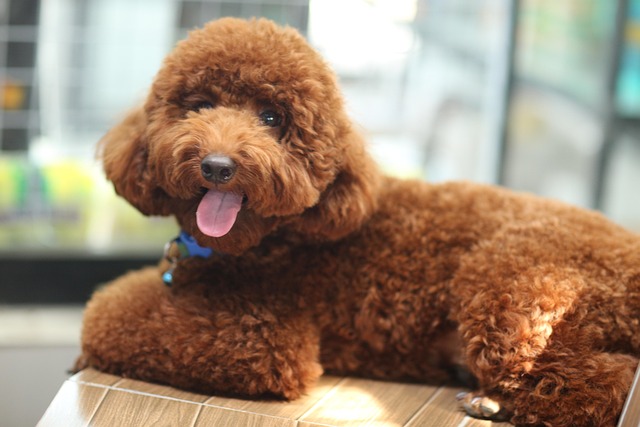
How do i train my dog to be obedient?
Watching your dog dart across the park ignoring your calls isn’t just frustrating—it can put them at risk near busy streets or public spaces.
You’ve waited weeks for your new puppy—so why does he dart under the dining table when your sister stops by? Many new U.S. dog owners underestimate how crucial in-home socialization is: it’s how your pup learns that people coming through your front door aren’t a threat, but potential friends. Behaviorists call this “habituation,” and the sweet spot for it is 3 to 16 weeks old—miss this window, and you might end up with a dog who barks nonstop at delivery drivers or freezes around strangers.
Start with your household first. Have everyone in your home practice gentle interactions: kids can offer a small treat (like a piece of plain chicken) with an open palm, and adults can avoid leaning over the puppy—towering over them feels scary! Once he’s comfy with family, invite a trusted friend who’s used to dogs. Ask them to sit quietly on the couch and let the puppy approach—never push the interaction. If your pup sniffs their hand and wags his tail, cheer him on (“What a brave boy!”). For apartment dwellers, this is a game-changer: it teaches your pup that hallway noises and guests at the building door don’t mean trouble.
Positive reinforcement is non-negotiable here. Yelling if he hides or nips (a common teething habit) will only make him more anxious, and physical punishment isn’t just cruel—it’s against animal welfare norms across Europe and most U.S. states. Instead, if he seems nervous, toss a treat near the guest and let him come closer on his own. This builds trust way faster than forcing him to “say hello.”

Before any visitors arrive, confirm your puppy’s vaccines are up to date. Most U.S. counties require distemper and parvovirus shots by 4 months old, and unvaccinated puppies are vulnerable to deadly diseases. Also, keep poop bags handy—if your pup has an accident during a visit, cleaning it up right away isn’t just polite; in shared spaces like apartment lobbies, leaving messes is often illegal.
Finally, connect in-home practice to the real world. Once he’s relaxed with guests, take short walks around your neighborhood and let him meet friendly neighbors (always ask permission first!). Remember: slow and steady wins the race. Even 15 minutes of calm interaction a day will turn your skittish pup into one who greets the plumber or your niece with a wagging tail.

Watching your dog dart across the park ignoring your calls isn’t just frustrating—it can put them at risk near busy streets or public spaces.

New puppy owners often find themselves rushing to clean up accidents before they set in, and that’s where puppy pad training becomes a game-changer.

If you've noticed your dog's waistline disappearing and your veterinarian has mentioned those few extra pounds, your first instinct might be to simply reduce the amount of food in their bowl.

Training a dog to use a designated spot indoors isn’t as daunting as many new owners fear, but it does take consistency and an understanding of your pet’s needs.

That moment of dread on a walk is all too familiar for many new dog owners. You see another dog approaching down the sidewalk of your neighborhood

If the sight of another dog on your neighborhood walk makes your heart sink as your own dog erupts into a frenzy of barking and lunging, you're not alone.